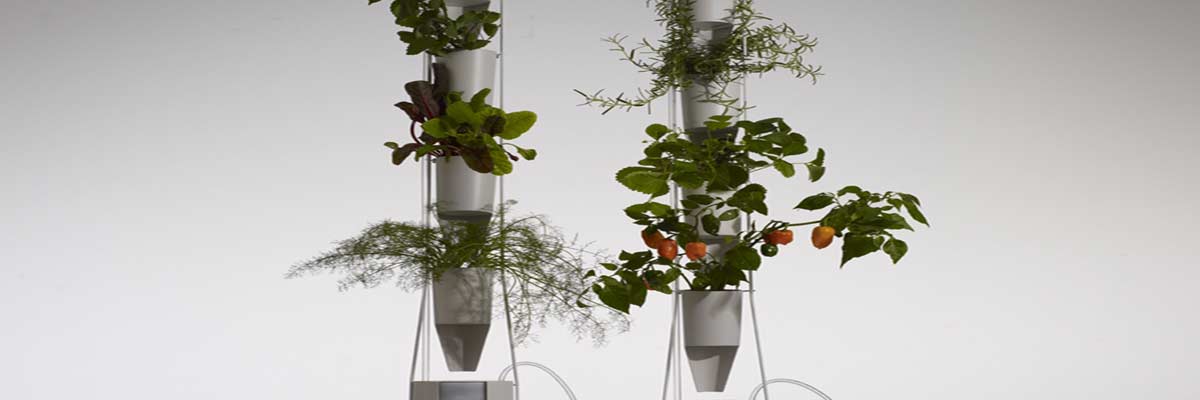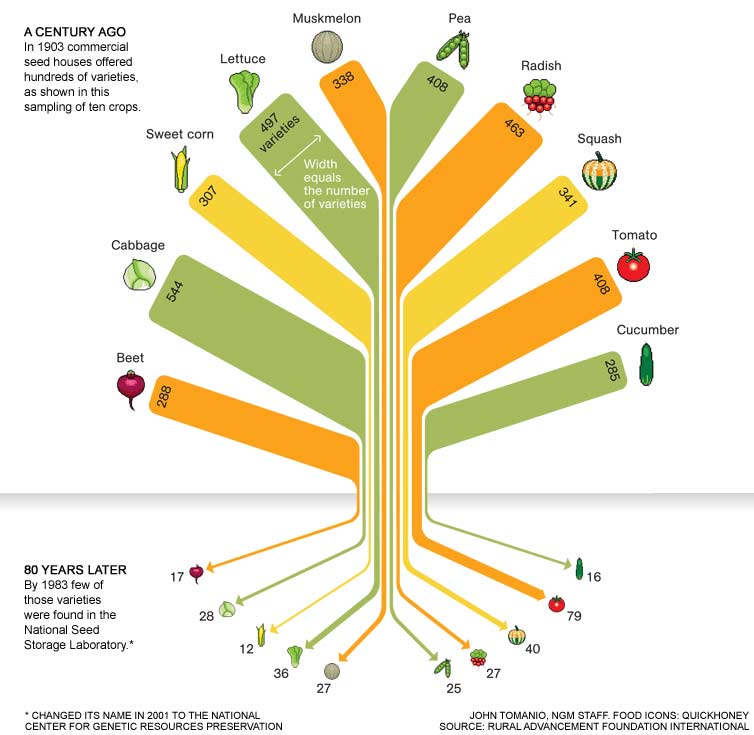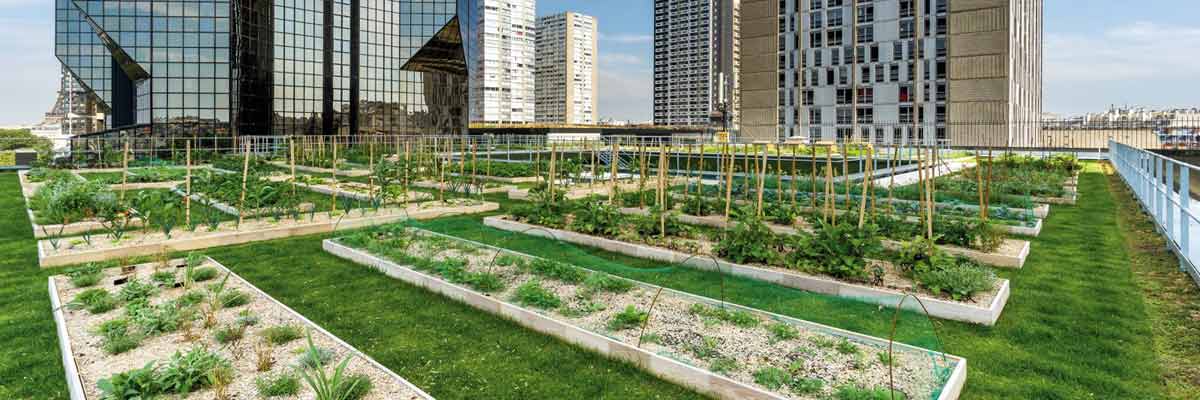Biome Smart Terrarium for Gadget-Loving Green Thumbs
A sign of the times – but one that may be welcome from the digitally connected among us – is this smart terrarium concept by designer Samuel Wilkinson.
Called the “Biome”, the beautiful flora terrarium is controlled exclusively (climate, water level and nutrients) via your iPad or other smartphone device. Wilkinson told MocoLogo that the idea “promotes ‘digital downtime’ by finding an alternative use for smartphones and encouraging their owners to consider a slower life. The control and nurturing of a real mini eco-system takes patience and care, contrasting with the immediacy of messaging or tweeting that is so characteristic of the smartphone generation.”
Biome was developed for a recent exhibition titled “Slow Tech – Designs for Digital Downtime”. There’s no word yet on if the Biome or its companion app will ever see the light of day as a real product
Windowfarm Kit The Latest Wonder in Micro Gardening
Like something straight out of scifi, this hydroponic “Windowfarm” kit is the latest solution for urban dwellers looking to grow their own food in a limited space.
It comes to us from a crowd-sourced community of 22,000 windowfarmers around the world; utilizing an approach called R&D-I-Y, or Research & Develop It Yourself. Since 2009, this collective has been working towards perfecting a micro-hydroponic kit that can grow just about any vegetable if you’ve got direct sunlight.
Their latest version has a new design, environmentally-friendly cups and wires, and an awesome reduced price (down from an original $249) of $99. To manufacture the kits, they’ve taken the Kickstarter route and, with 13 days left, have already surpassed their goal of $50,000. If you’re not keen to start your own plants, you can pick up a pack of baby plants for $49, which include 8 varieties like “Genovese Basil, a peppery watercress, perfect-caesar romaine, red leaf lettuce, tangy red-veined sorrel.”
For those that are thinking, “I could make this!” – they’ve got you covered there as well with instructions online for a “Standard 3-bottle Airlift Windowfarm” or a “Hanging 2-Column” variety. Sounds like a pretty decent holiday gift for anyone you know that’s tight on space but keen to grown their own food.
Izaak Walton League Enlists the Help of Goats
Faced with invasion by alien plants, the Izaak Walton League calls upon the goat justice league (well, not the real goat justice league…) to help save them from being overrun at their 33 acre property in Gaithersburg, MD. This selective grazing technique will be employed to control the populations of Japanese honeysuckle, Garlic Mustard, Autumn Olive, and Oriental Bittersweet.
From their website:
Eliminating invasive plants – permanently – improves wildlife habitat as well as human habitat. But traditional methods of doing this over large areas involve repeated application of chemicals that could leach into our waterways. A new program is fighting nature with nature.
Eco-Goats brings a herd of goats to large properties infested with invasive species. The goats are contained within an electric fence to tackle invasive plants one acre at a time. Goats eat the invasive plants down to the ground, and goat handlers either dig up stumps or kill them with very targeted use of an herbicide.
We wish them luck, and are curious to see how this selective grazing turns out!
The goat army prepares for battle with aliens
Urban Farming, The New Way to Handle Unemployment?
Depending on which figures you choose to use, unemployment in America is approaching 20%, a figure that is quite remarkable. Fully 1/5 of the people in America who could be working are not currently working. I think urban farming could be this generation’s way to handle unemployment, sort of like a 2011 version of the CCC.
When you are willing to trade your labor for less space and less machinery you can create an amazing income from a small land base. SPIN farming is a method developed by a farming couple in Canada when they realized that they could make more money by growing intensively on less land if they grew the right crops at the right times.
They have a farm income calculator on their site that suggests that a farmer with 1/2 an acre can generate $24,000 in gross sales on the low end up to $72,000 on the high end. I think this is doable as well, but it does require a bit more marketing and growing of high value crops. We use a CSA model for our urban farm and I don’t think that will get us to those dollar figures because a CSA model is similar to a bulk food model vs. a model where you would grow exclusively high value crops like exotic green, radishes or beets for restaurants.











